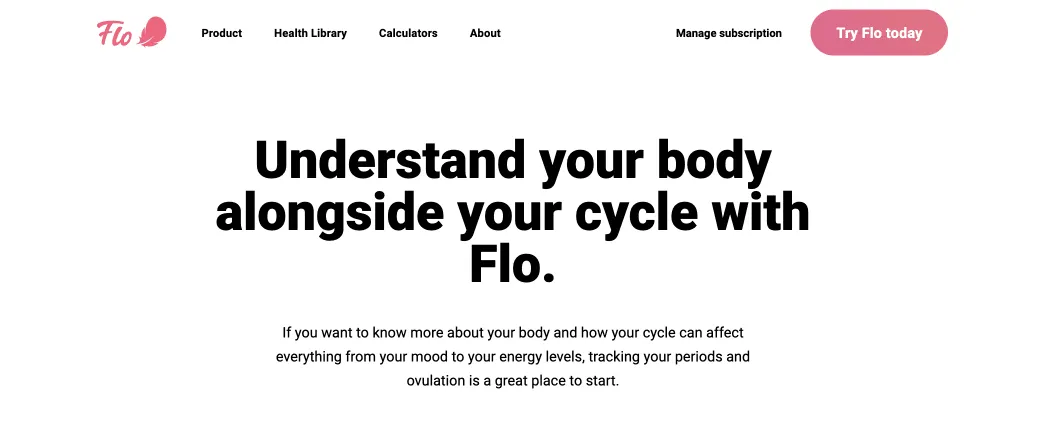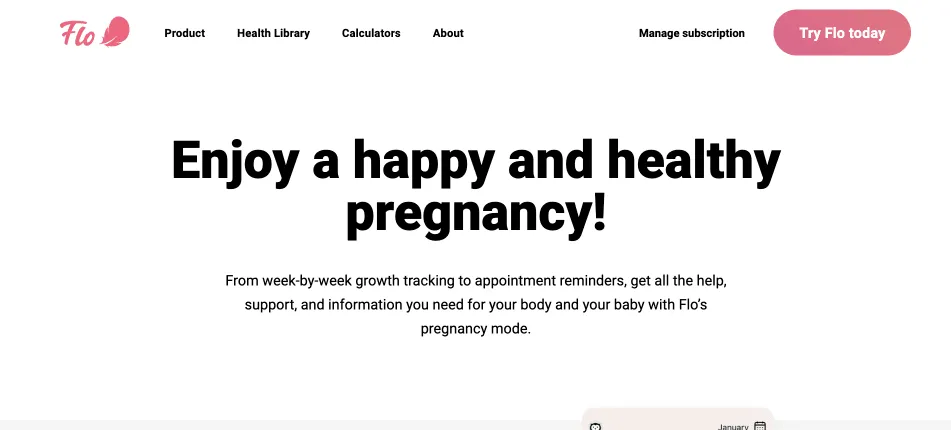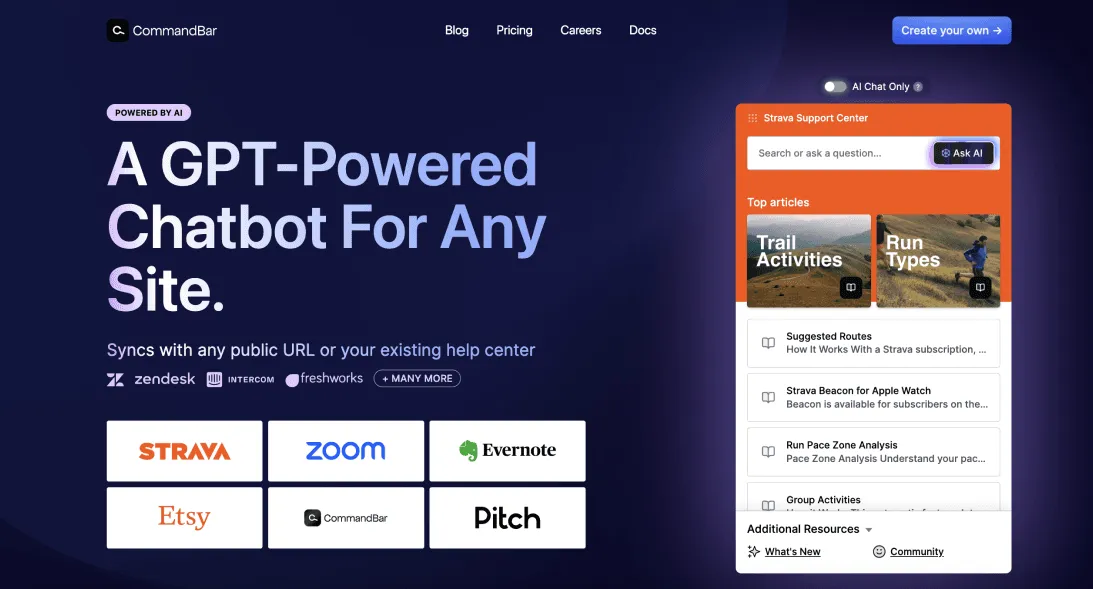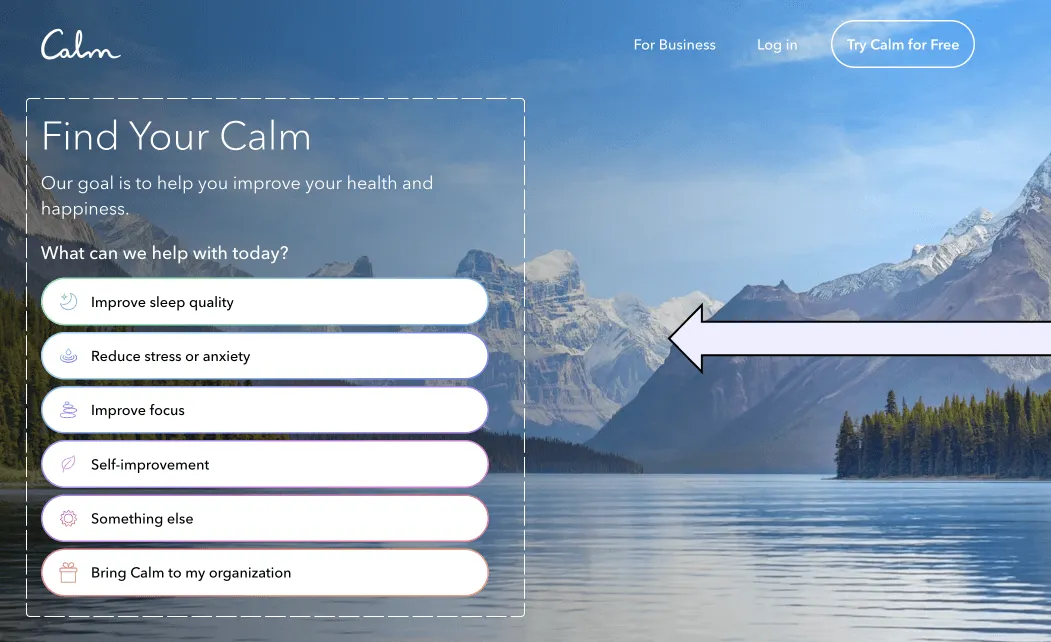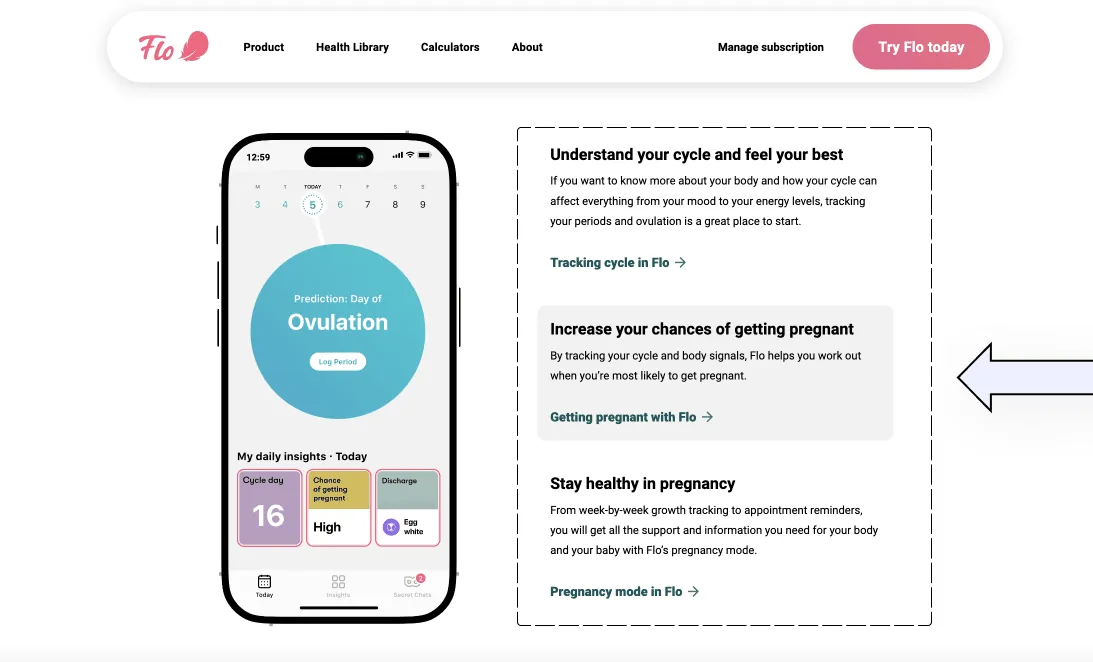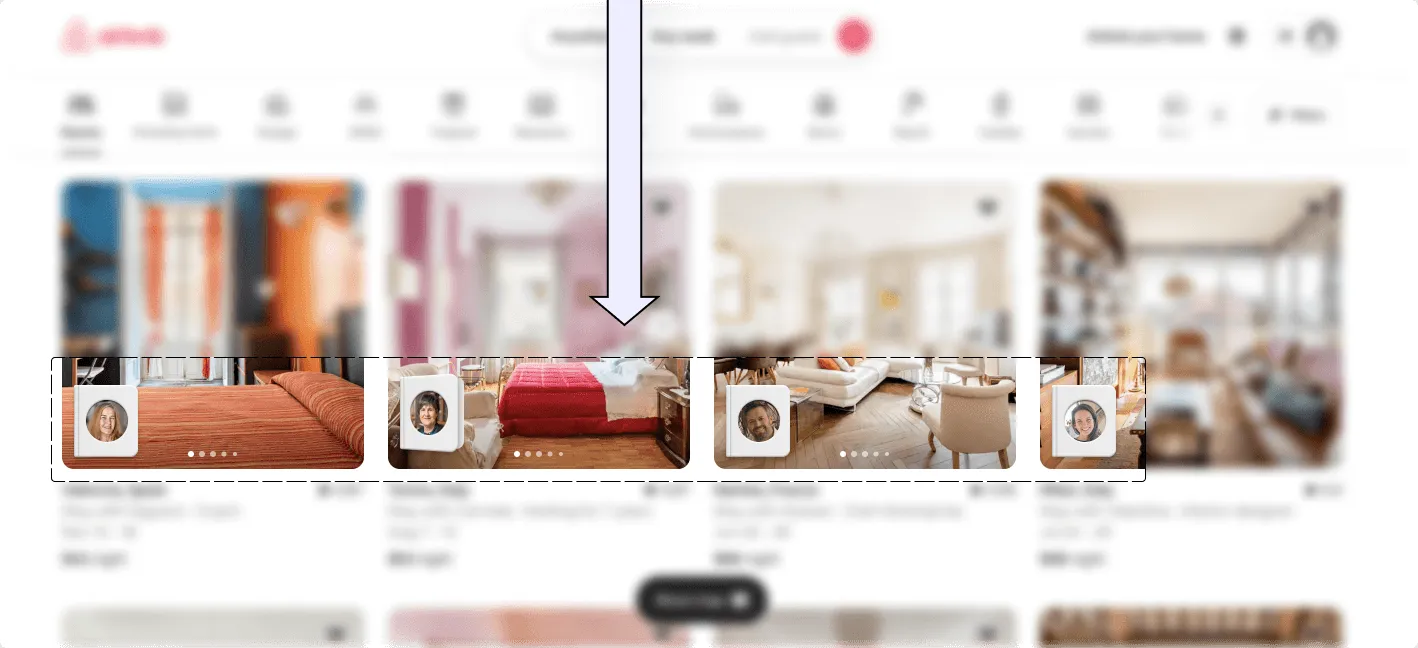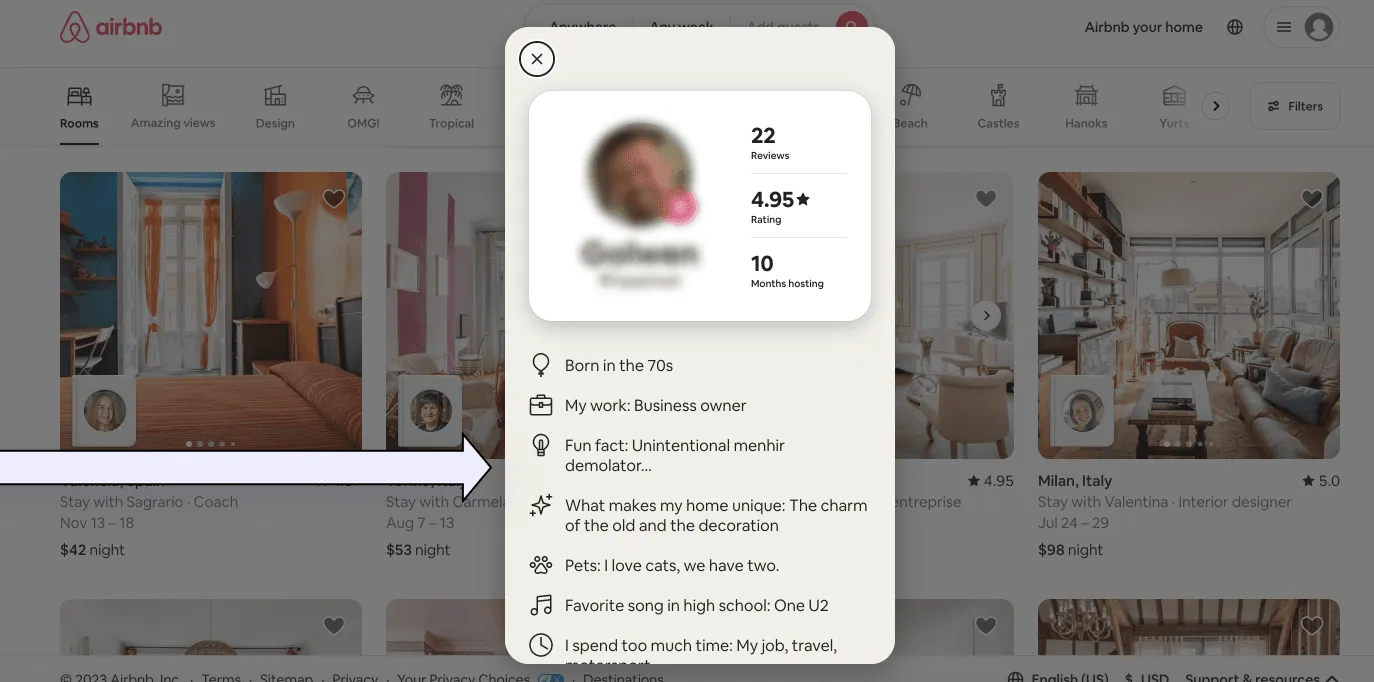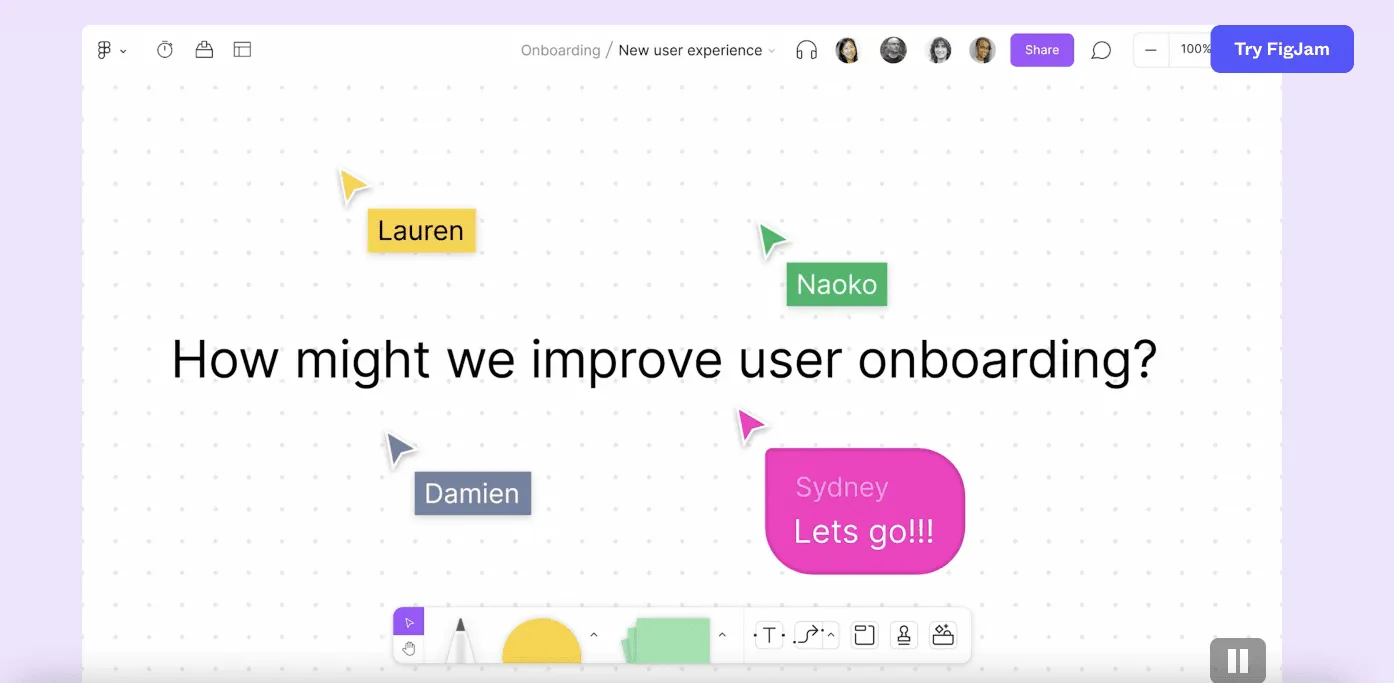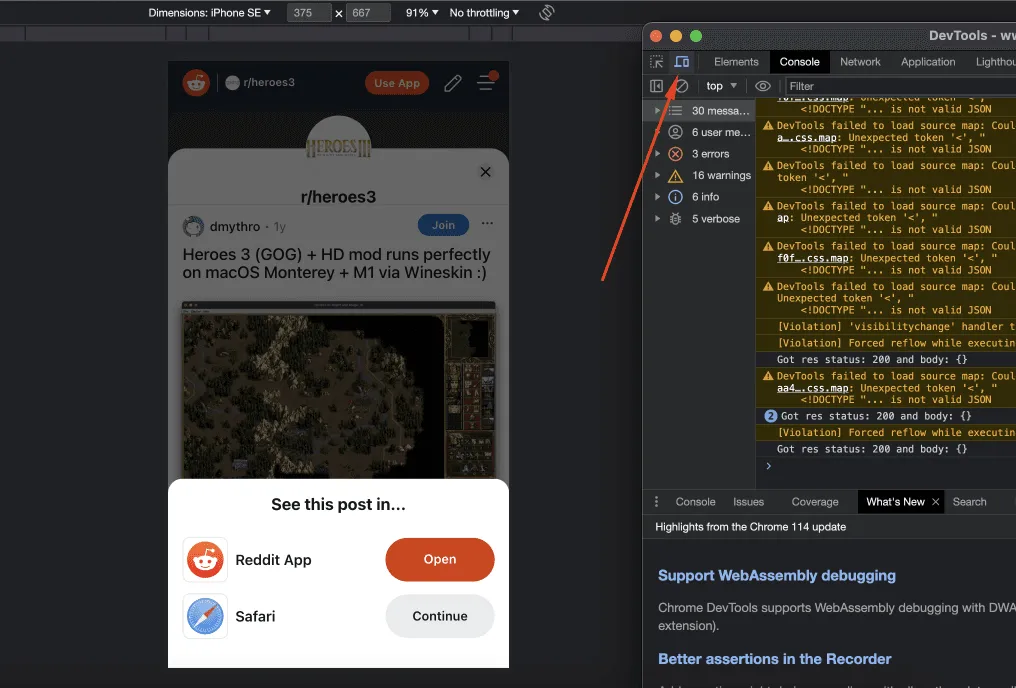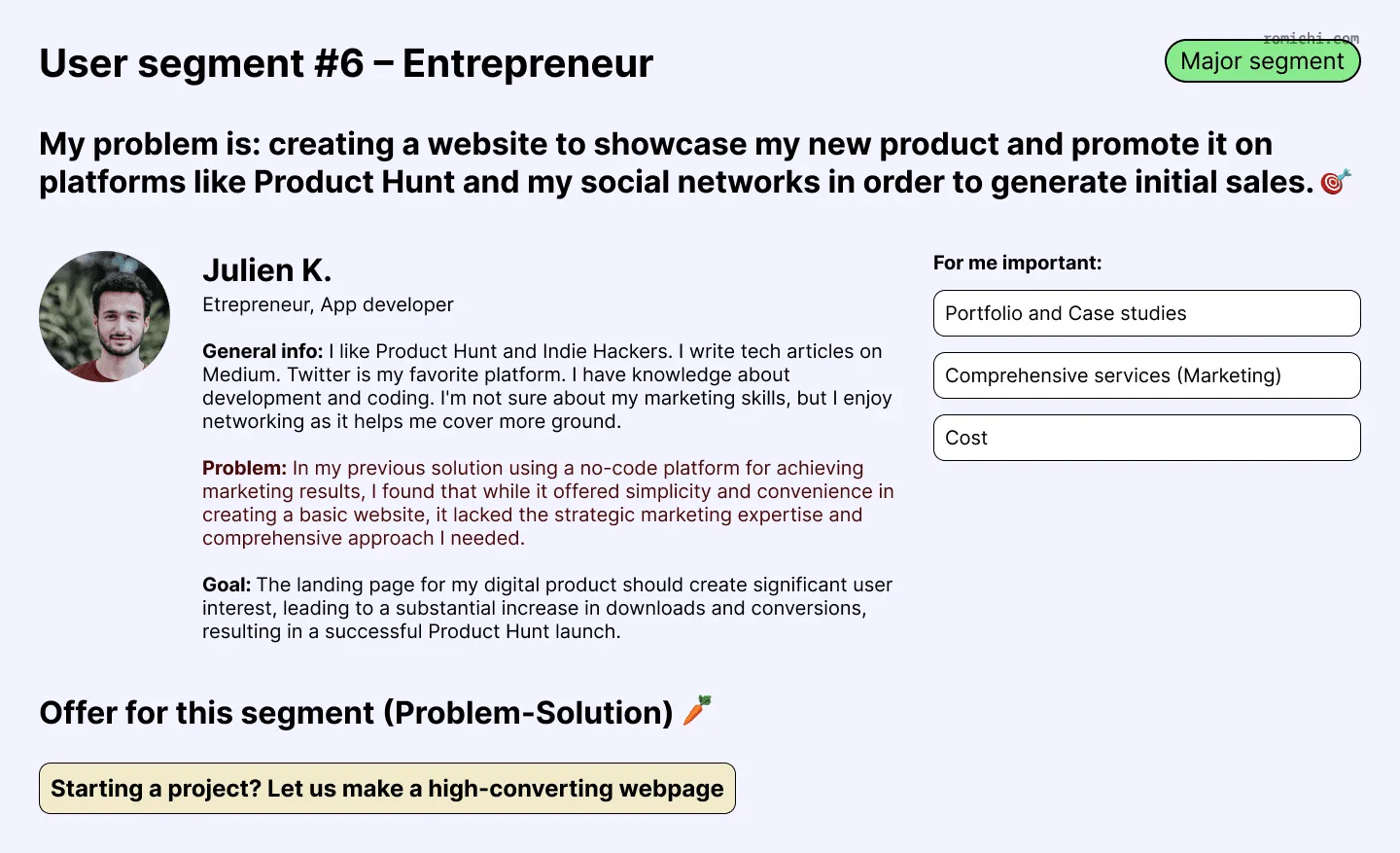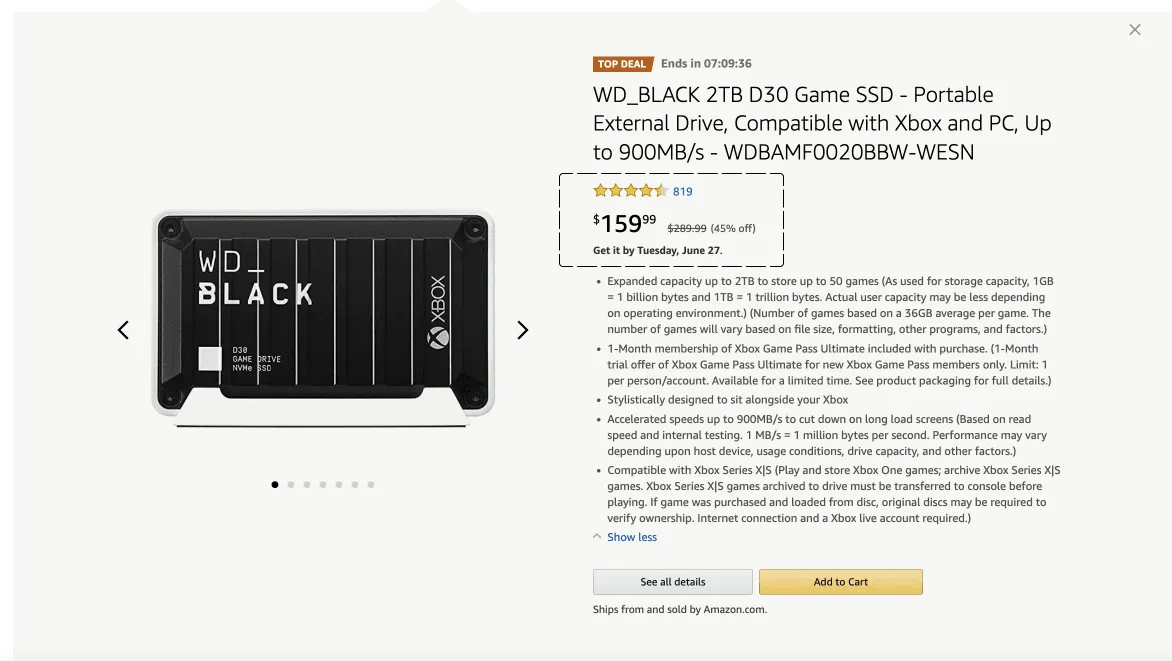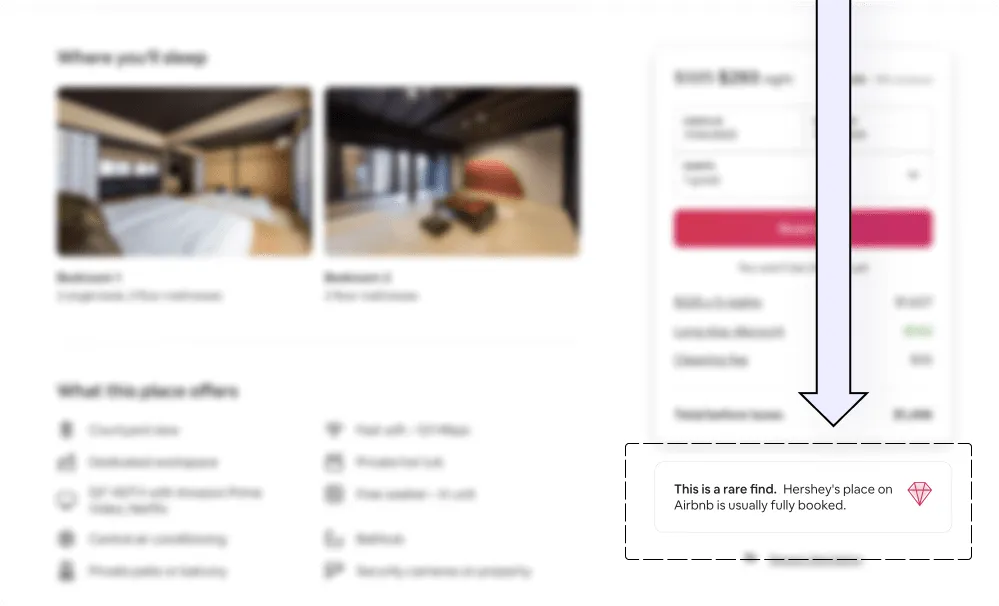20+ Strategies To Improve Conversion rate
Hacks to Improve Conversion Rate
ChatGPT Prompts
Conversion Rate: Key Statistics and Facts
About Conversion Rate
Experienced marketers, analysts, and entrepreneurs can perceive the world through funnels. Funnels are present in various scenarios, such as going to the market. The ability to manage and optimize these funnels is crucial for improving metrics.
Conversion Rate Optimization (CRO) - Revenue Driver #1
The primary reason Conversion Rate receives such attention is its direct correlation to revenue. In most small businesses, doubling the conversion rate leads to revenue growth of at least two times. Why "at least"? Because customers may make repeat purchases without incurring additional marketing expenses. This is where cohorts and lifetime value come into play.
Consider an English Learning mobile app with a 20% conversion rate from app installation to a monthly subscription. If the Cost-Per-Install is $10, you would need $10/20% = $50 to receive a payment from a new user. Doubling the conversion rate would reduce your marketing expenses to $10/0.4 = $25 (CAC).
However, let's discuss cohorts. If you attract new users but lose them during the activation stage, you risk losing their potential lifetime value. This is critical because, in our case, users may continue subscribing multiple times, generating the desired margin for your business.
Ok, we understand the power of this metric, but how can we improve the conversion rate?
- Accurately calculate and measure it.
- Decompose the conversion process.
How to Calculate Conversion Rate

Some people might say that the formula is: visitors/leads. However, it depends on the context. Personally, I often use the AARRR framework to build the entire funnel or just a simple funnel obtaining the following:
- 10,000 views of my creative, let's say in Google Ads.
- 300 clicks - Click-Through Rate (CTR), 3% (not bad).
- 280 visitors (some people clicked twice).
- 5 leads - Conversion Rate from Visitor to Lead, 1.8% (commonly referred to as the website's conversion rate).
- 2 customers - Conversion Rate from Lead to Customer, 40% (commonly referred to as the Sales Conversion Rate).
- 1 repeat customer (making a second purchase) - Conversion Rate for Repeat Purchases, C2, 50% (for this calculation, it is recommended to measure it after a specific time, such as 3 months or 6).
Using this example, you can visualize a successful customer progressing through each step of the funnel and build your own.
This is an example of a core funnel, but we can also consider additional funnels, such as the conversion from views of my referral program to active participation.
Conversion Rate Decomposition
It would not be easy to answer if we ask ourselves how to improve conversion from an install to a purchase. To make decision-making easier, we should break down our funnel into small steps, sometimes tiny (such as opening a modal, spending 10 seconds on a view, etc.).
Let's create a decomposition for a random e-commerce website:
- Visitors to my Shopify store's home page.
- Visitors to the catalogue.
- Viewers of catalogue product cards (let's assume scrolling a bit on a mobile device is necessary).
- Visitors who spend 10 seconds in the catalogue.
- Visitors to product cards.
- Visitors who spend 10 seconds on a product card.
- Users who clicked on "Add to Cart."
Starting from the top, we have visitors landing on the home page of a Shopify store. Firstly we should attract their attention and engage them enough to proceed further. By implementing eye-catching design elements, clear call-to-actions, and personalized recommendations based on visitor behaviour, we can enhance their experience and increase the likelihood of proceeding to the next stage.
Moving down the funnel, we encounter visitors who explore the product catalog. At this stage, it's essential to ensure the catalog is well-organized, easily navigable, and provides relevant information about each product. To deeply engage users in catalog, we can implement responsive design techniques, such as optimizing the mobile scrolling experience, which caters to the increasing number of users accessing websites through mobile devices.
Continuing the decomposition, we reach the product card view, where visitors get a detailed overview of a specific item. To maximize the chances of conversion, it is crucial to captivate their interest and hold their attention for at least 10 seconds. By leveraging persuasive copywriting, high-quality product images, customer reviews, and social proof, we can create a compelling product card that entices visitors to explore further and consider making a purchase.
As we progress deeper into the funnel, the next step is for visitors to add the desired product to their cart. This action signifies a high level of purchase intent. To optimize this stage, we can implement frictionless cart experiences, such as one-click add-to-cart functionality, clear pricing information, and prominently displayed trust symbols (e.g., secure payment badges). These strategies aim to minimize any hesitations or distractions that may hinder the conversion process.
To analyze the effectiveness of each stage and derive meaningful insights, we can utilize analytics tools like Google Analytics or Shopify's built-in tracking features. By monitoring key metrics like bounce rate, average time spent on each page, click-through rates, and cart abandonment rate, we can identify patterns, trends, and potential areas for improvement. Additionally, we can incorporate Romichi's collection of ideas, leveraging his expertise and established frameworks, to further refine our optimization strategies.
Identify segments with significant churn and determine what has happened. For instance, users with a particular mobile screen may have trouble finding the button.
By taking a systematic approach to funnel decomposition, extracting insights through data analysis, and applying proven principles of conversion rate optimization, we can enhance the performance of websites and apps and increase the likelihood of turning visitors into customers.
If your funnel is not such long, let's imagine that you are a freelancer on Fiverr experiencing conversion problems: try researching how other companies handle their product pages. Look at examples from Romichi, and popular shops on Etsy, check eBay and Amazon and learn from best practices. Continuously launch experiments.
Conversion Rate Optimization Techniques and Tips
It's helpful to categorize potential tips into two groups: major strategies and minor strategies. In my experience, it's ineffective to prioritize moving buttons and experimenting with small interface changes before addressing the fundamental changes.
Firstly, focus on the funnel's order, core user flow, navigation, and value proposition. Secondly, consider smaller elements such as text, colours, and block positions.
We have prepared some examples of major strategies:

